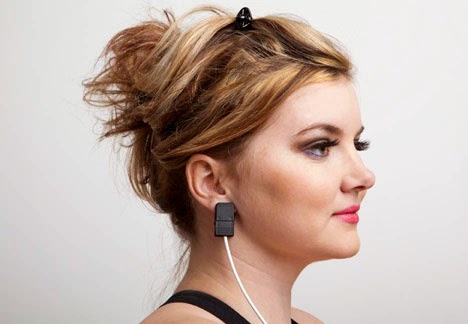Ear Pulse Oximeters
EAR PULSE OXIMETER INFORMATION
A pulse oximeter with ear probe can be used on the ear lobe. Ear lobe sensors require a pulse oximeter.
Hand held pulse oximeter with ear sensor or
table top oximeters have the ability to measure oxygen saturation and heart rate from the ear lobe. Ear clip sensors are most commonly used when a patient has poor blood circulation in the fingers and/or toes.
The ear clip sensor is placed on the ear lobe region of the ear. Turner Medical offers ear sensors sold individually or packaged with an oximeter. If multiple sensors are listed with the product, make sure you select the correct ear sensor.
*** If there is a need to monitor for longer than one hour, we recommend
forehead sensors instead of the ear sensors. Ear sensors when used too long may cause a pinching sensation on the ear lobe that could lead to restricted blood flow. Good blood flow is needed for a quality reading.
Reynaud's Syndrome is a common condition where a standard pulse oximeter that takes readings off the finger won't work. An ear clip oximeter has been very effective in obtaining accurate readings from the ear for people with Reynaud's Syndrome.
![]()
